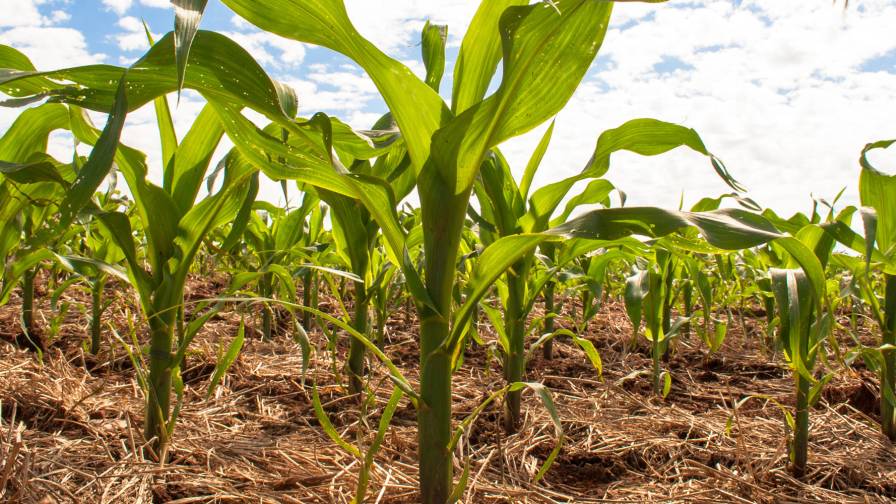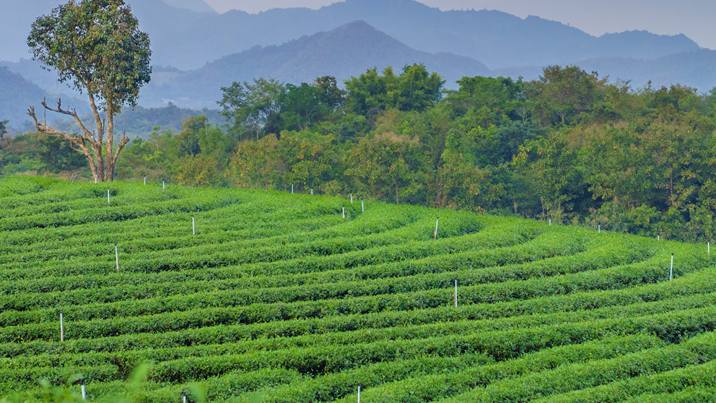Recuperação do Mercado Brasileiro
O Brasil está enfrentando uma série de problemas críticos que afetam a indústria agroquímica do país, de acordo com Flavio Hirata, agrônomo e consultor da Allier Brasil.
O câmbio desfavorável do dólar no país está afetando negativamente o mercado, e o aumento da concorrência levou à queda dos preços de muitas commodities, causando uma diminuição nas margens de lucro.
Os fatores-chave para a recuperação do mercado de agroquímicos incluem o aumento contínuo da demanda global por commodities como soja, cana-de-açúcar e algodão. Além disso, a expansão das terras aráveis provavelmente contribuirá para a recuperação no Brasil. As vendas de pesticidas aumentaram 289% entre 2000 e 2010, afirma Hirata.
O setor agrícola brasileiro é composto por seis culturas principais: soja, cana-de-açúcar, milho, algodão, cítricos e café. Das seis, 47,21 TP3T das vendas de pesticidas são atribuídas à soja, 11,31 TP3T ao milho e 8,21 TP3T à cana-de-açúcar.
Muitos produtos foram descontinuados nos últimos anos, incluindo triclorfom, metamidofós, fosmete, endosulfan e cihexaestanho, deixando a indústria aberta a novos produtos de proteção de cultivos.
Há uma variedade de razões pelas quais alguns produtos agroquímicos não prosperaram no Brasil, incluindo a falha em escolher um distribuidor eficaz, a falta de compreensão do mercado e barreiras à entrada, como problemas de registro.
A chave para escolher um distribuidor eficaz é saber que, para cada produto, existe um melhor distribuidor — mas esse mesmo distribuidor não é o melhor distribuidor para todos os produtos de uma linha, diz Hirata.
Os novos entrantes no mercado brasileiro de agroquímicos não o conhecem tão bem ou não querem aprender sobre ele. A forte concorrência existe em um mercado onde os preços e as margens de lucro estão em queda, o que levará a aquisições e consolidações no futuro.
Além disso, restrições regulatórias e produtos biológicos farão com que as empresas reinventem suas estratégias de negócios, diz Hirata.
— Stefanie A. Toth, editora de conteúdo





